We’ve all been there—hungry, hopeful, and lured in by the glow of neon signs or a slick online review. You grab a table, glance at the menu, and suddenly something feels… off. Maybe it’s the sticky surface under your elbow, the vague whiff of bleach and old fryer oil, or the oddly enthusiastic server who can’t describe a single dish. Still, you convince yourself to stay. After all, how bad could it be?
The truth is, plenty of seemingly “fine” restaurants are anything but. Behind the smiling host and artfully arranged specials board, there could be a minefield of kitchen shortcuts, cleanliness concerns, or management misfires just waiting to ruin your evening—and possibly your stomach. These issues often hide in plain sight, overlooked by hungry diners in a rush to be seated and fed.
That’s where this list comes in. Whether you’re traveling to a new city or just trying out a local spot you’ve never noticed before, knowing what to look for can spare you from a disappointing (or downright dangerous) meal. From overly ambitious menus to suspiciously quiet dining rooms, these red flags aren’t just nitpicks—they’re subtle clues that something’s amiss.
You don’t have to be a food critic or a health inspector to spot the signs. All it takes is a bit of awareness and a willingness to trust your instincts. If something doesn’t feel right, it probably isn’t. This list of the top 10 restaurant red flags will help you recognize when it’s time to walk away—before the food even hits the table. Because when it comes to dining out, it’s not just about what’s on your plate—it’s about the experience that surrounds it.
1. Menu Spanning Multiple Continents
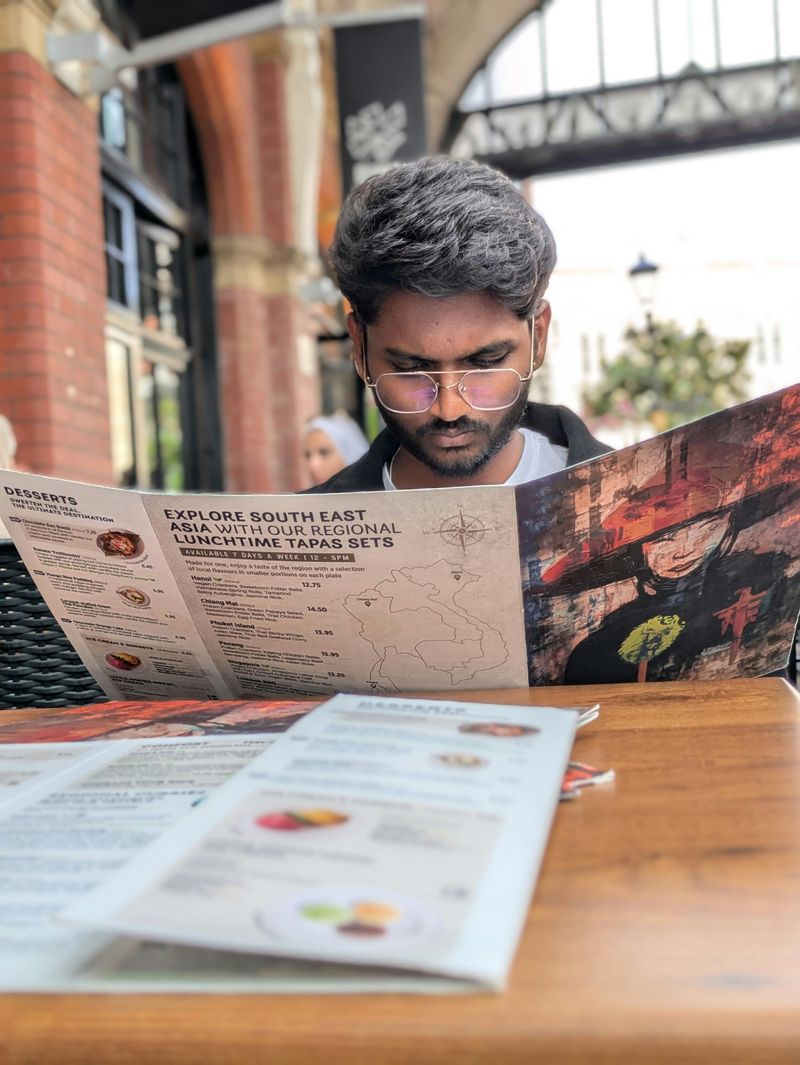
Jack-of-all-trades restaurants rarely master anything. When a single kitchen offers Italian pasta, Japanese sushi, Mexican tacos, and Indian curry, quality almost always suffers. The kitchen simply can’t maintain fresh ingredients for such diverse dishes.
Professional chefs know focused menus allow for expertise and consistency. A smaller, well-executed menu typically means ingredients are fresher and recipes are perfected rather than merely attempted.
Next time you see a menu thick as a novel with dishes from around the globe, consider it a culinary red flag waving frantically at you!
2. The Smell Test Failure

Your nose knows trouble before your eyes do. Upon entering a restaurant, your sense of smell should be greeted with appetizing aromas of cooking food, fresh bread, or pleasant spices. Instead, catching whiffs of bleach, mildew, or rancid grease means something’s off.
Restaurants struggle to mask serious cleanliness issues. That ammonia smell might indicate a hasty clean-up before opening, while musty odors suggest ongoing moisture problems that could harbor mold.
Trust your instincts when unpleasant smells hit you at the door – your nose is warning you about conditions you can’t see in the kitchen.
3. Sticky Menus That Tell Tales
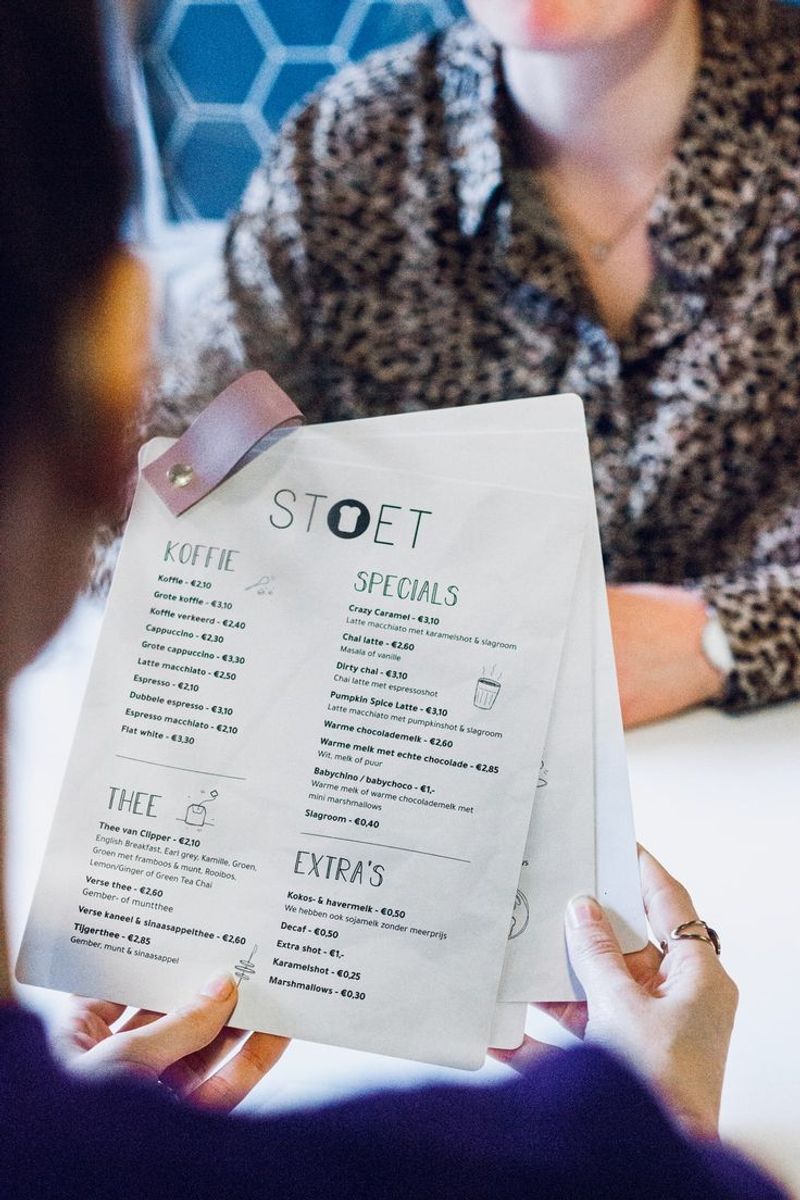
That menu in your hands is a tactile health report. Sticky residue, food stains, or grimy fingerprints aren’t just unappetizing – they’re revealing evidence of neglected cleaning routines.
Restaurant menus pass through hundreds of hands weekly. Quality establishments clean or replace them regularly, knowing they’re both tools for ordering and ambassadors for cleanliness standards.
When you find yourself unconsciously wiping your fingers after touching the menu, consider what this reveals about behind-the-scenes sanitation practices. After all, if visible items customers handle aren’t properly maintained, what about the kitchen tools you never see?
4. Bathroom Nightmares Foretell Kitchen Horrors
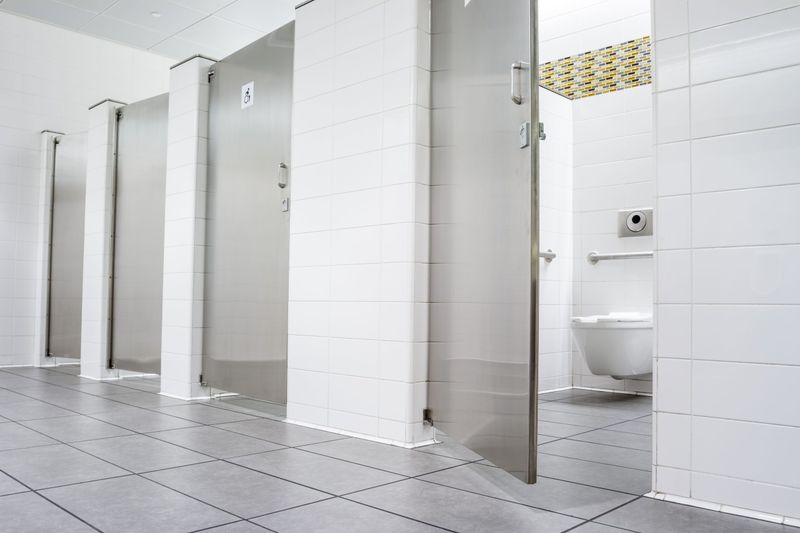
Savvy diners make a beeline for the restroom before ordering. This strategic detour reveals volumes about a restaurant’s overall cleanliness standards. Empty soap dispensers, overflowing trash bins, or unflushed toilets signal management that cuts corners.
Health inspectors know this connection well. Studies consistently show strong correlations between bathroom maintenance and kitchen hygiene practices.
A restaurant unable to keep visible public areas clean likely struggles with the unseen areas too. When the bathroom looks like it hasn’t been cleaned since last Tuesday, imagine what lurks on food prep surfaces where customers never venture.
5. Staff Who’d Rather Be Anywhere Else

Restaurant workers with genuine passion create memorable experiences. Conversely, servers who avoid eye contact, can’t answer basic menu questions, or seem perpetually annoyed tell a story of poor management and low morale.
Happy staff typically means fair treatment behind the scenes. When employees clearly don’t want to be there, it often reflects deeper organizational problems that eventually affect food quality and safety.
Notice how servers interact with colleagues too. Tense whispers, eye-rolling, or visible frustration among staff suggests internal conflict that inevitably spills over into your dining experience, regardless of how good the food might be.
6. Ghost Town During Rush Hour
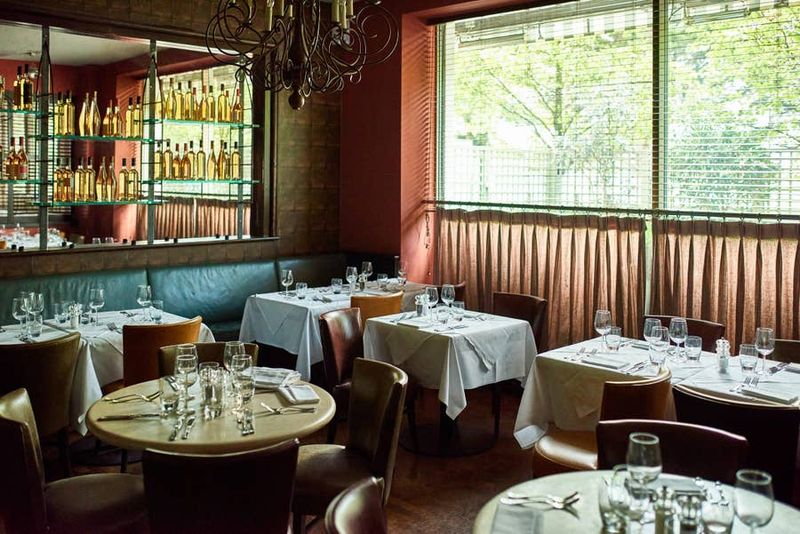
An empty restaurant during peak dining hours speaks volumes. Local customers vote with their feet, and their absence during prime time is a powerful verdict on food quality, service, or value.
While everyone occasionally enjoys the luxury of having a restaurant to themselves, emptiness during Friday dinner service or Sunday brunch raises legitimate questions. Locals have insider knowledge about which establishments consistently deliver satisfaction.
The exception? Brand new restaurants still building clientele. Otherwise, when you’re the only table at 7pm on a Saturday, consider what the missing crowd might know that you don’t – they’ve likely learned their lesson the hard way.
7. Visible Neglect Beyond Food
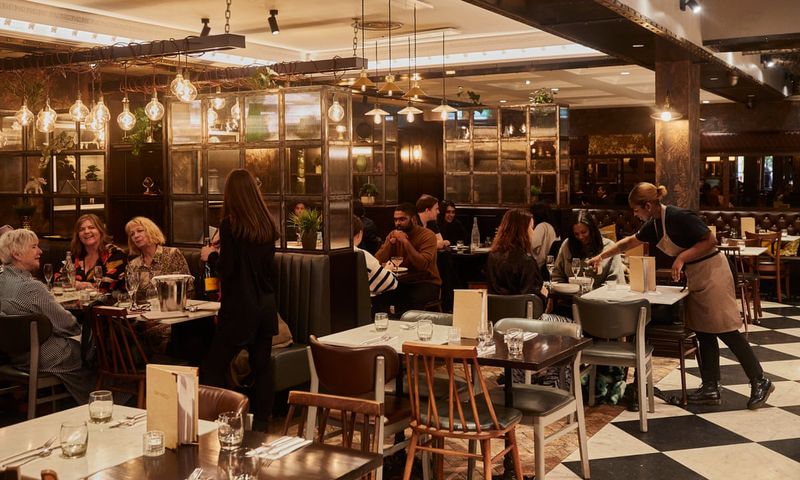
Restaurants showing physical deterioration rarely maintain higher standards elsewhere. Wobbly tables secured by folded napkins, chairs with torn upholstery, or lights that have been burned out for months reveal an owner’s approach to maintenance.
These visual cues matter because they reflect overall investment in the business. Frayed carpet edges, peeling wallpaper, or permanently smudged windows indicate systematic neglect rather than isolated oversights.
When management doesn’t address visible problems customers can easily spot, imagine their approach to less obvious issues like refrigerator temperatures, food rotation practices, or equipment cleaning schedules that directly impact your health.
8. The Rollercoaster of Inconsistency
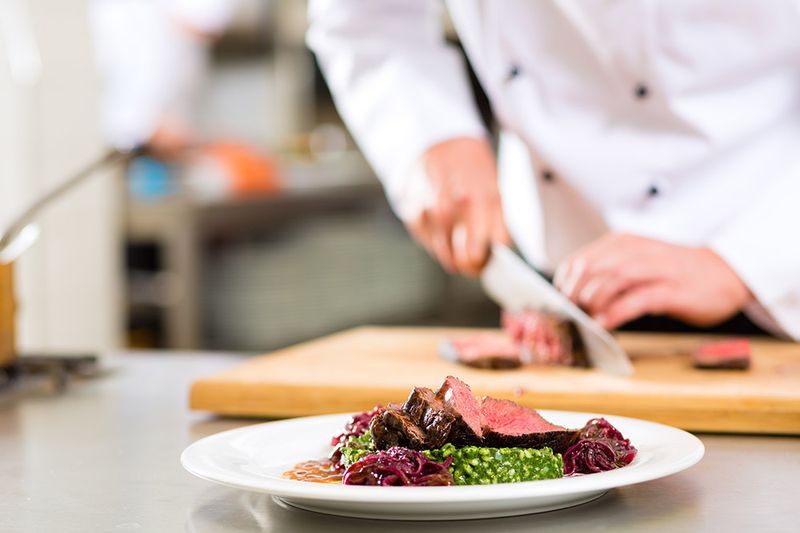
Yesterday’s perfect pasta arrives today as an overcooked disappointment. Such wild quality swings reveal fundamental operational problems that no amount of apologetic service can fix.
Consistency forms the backbone of successful restaurants. When dishes vary dramatically between visits, it suggests kitchen staff turnover, absence of standardized recipes, or ingredient quality fluctuations – none of which bode well for your dining experience.
Particularly telling is management’s response to feedback about inconsistency. Defensiveness or dismissal rather than genuine concern confirms that problems run deeper than occasional off-days. Great restaurants build reputations on reliability, not random moments of brilliance between disappointments.
9. Beverage Program Frozen in Time
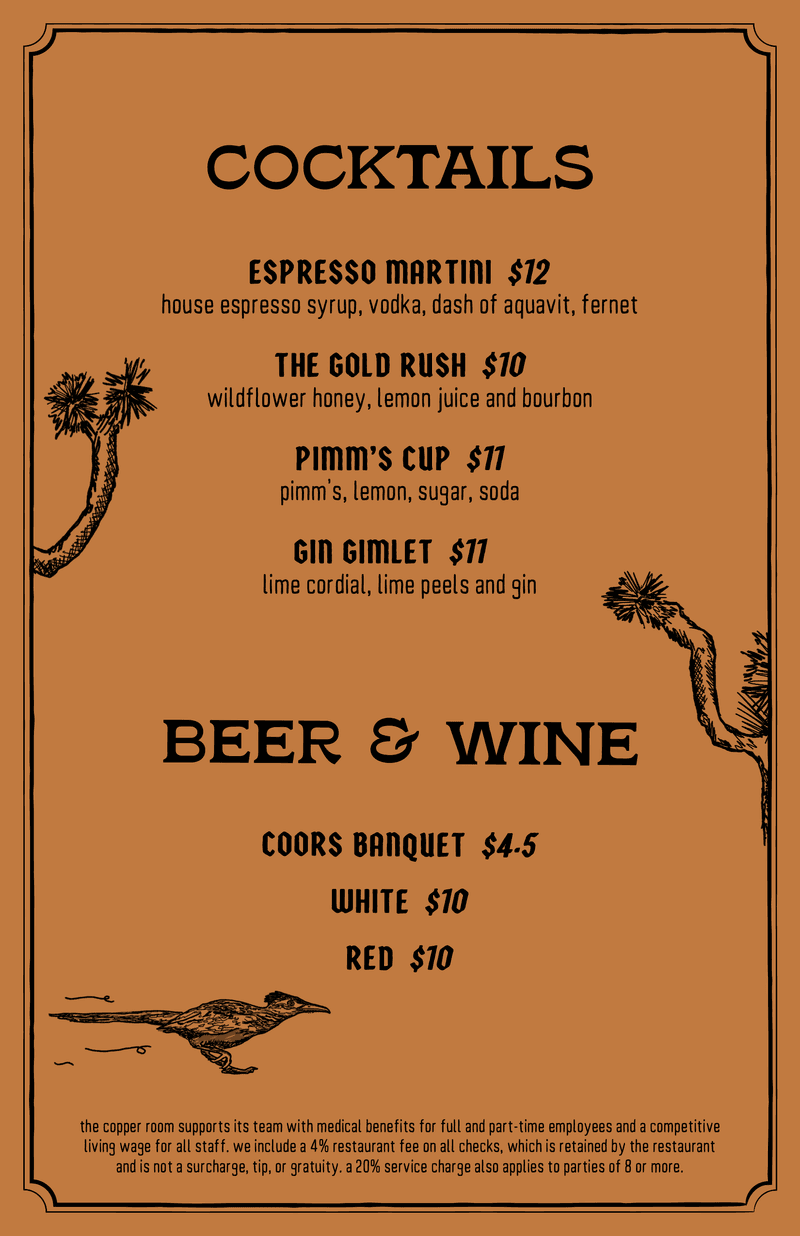
A dusty wine list featuring only brands available at convenience stores or a beer selection that hasn’t changed since the 90s reveals a restaurant on autopilot. Beverage programs require the same attention and updating as food menus.
Thoughtful drink offerings complement culinary efforts. When a restaurant can’t be bothered to update its beverage selection periodically, it often indicates broader complacency affecting everything from ingredient sourcing to recipe development.
Even modest establishments can offer interesting, well-chosen drinks that enhance meals. A restaurant satisfied with serving the same tired options year after year likely approaches food with similar lack of inspiration or care.
10. Marketing That Tries Too Hard

Quality restaurants rarely need sidewalk hawkers practically dragging you inside. Excessive marketing – from overzealous hosts intercepting pedestrians to walls plastered with celebrity photos or influencer endorsements – often compensates for fundamental shortcomings.
Establishments confident in their offerings let reputation drive business. When a restaurant’s marketing budget clearly exceeds its investment in ingredients or staff training, priorities are misaligned.
Particularly revealing are those places trumpeting “Best in Town” claims without any legitimate awards or recognition to back them up. Truly exceptional restaurants don’t need to tell you they’re great – their consistently full reservation books and loyal customers do that for them.
Leave a comment